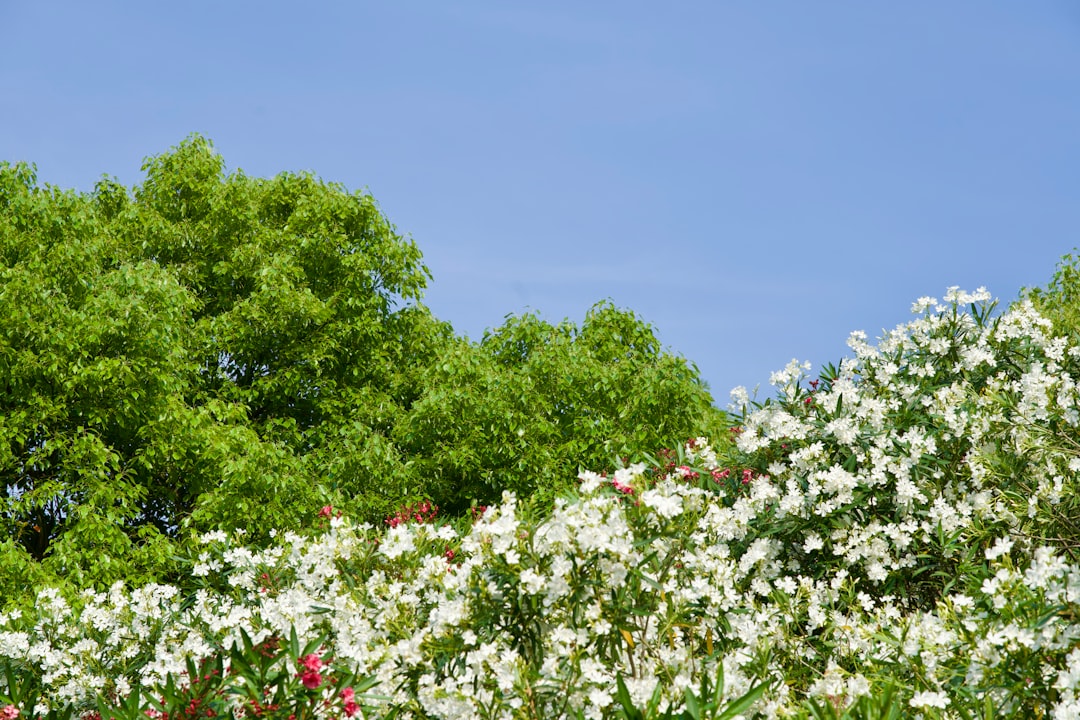The Secret to a Stunning Home Garden: Key Plant - Selection Factors

When it comes to creating a beautiful and thriving garden near your home, choosing the right plants is of utmost importance. Garden experts have identified several crucial factors that you should consider before making your plant selections. These factors not only ensure the health and growth of your plants but also contribute to the overall aesthetic appeal of your landscape.
One of the primary factors to consider is the climate in your area. Different plants have different climate requirements, including temperature, humidity, and sunlight. For instance, tropical plants thrive in warm and humid conditions, while succulents are well - adapted to arid and sunny environments. Before choosing plants, research the hardiness zone of your location. The United States Department of Agriculture (USDA) has divided the country into different hardiness zones based on the average minimum winter temperature. Selecting plants that are suitable for your hardiness zone increases the likelihood of their survival and long - term growth.
Soil type is another significant factor. The soil in your garden can vary in terms of texture (such as sandy, loamy, or clayey), pH level, and nutrient content. Some plants prefer acidic soil, while others do better in alkaline soil. For example, blueberries thrive in acidic soil with a pH between 4.0 and 5.5. You can test your soil using a home soil testing kit or send a sample to a professional laboratory. Based on the test results, you can either choose plants that are compatible with your existing soil or amend the soil to meet the needs of your desired plants. Adding organic matter like compost can improve soil structure, fertility, and water - holding capacity.
Sunlight exposure is also vital. Observe the amount of sunlight different areas of your garden receive throughout the day. Some plants, known as full - sun plants, require at least six hours of direct sunlight per day. Examples of full - sun plants include roses, tomatoes, and lavender. On the other hand, shade - loving plants, such as ferns and hostas, can tolerate and even thrive in areas with limited sunlight. If your garden has a mix of sunny and shady spots, you can create a diverse landscape by choosing a variety of plants with different sunlight requirements.
Water availability and drainage are crucial considerations. Some plants are drought - tolerant and can survive with minimal watering, while others need consistently moist soil. Over - watering can lead to root rot and other plant diseases, so it's essential to understand the water needs of your chosen plants. Additionally, proper drainage is necessary to prevent waterlogging. If your garden has poor drainage, you can improve it by creating raised beds or adding gravel to the soil.
Space is another factor that often gets overlooked. Consider the mature size of the plants you want to grow. Some plants, like large shrubs and trees, can spread out and take up a significant amount of space. Planting them too close together can lead to overcrowding, which restricts their growth and can also create a breeding ground for pests and diseases. Make sure to leave enough space between plants to allow for proper air circulation and growth.
Finally, consider the purpose of your garden. Are you looking to create a colorful flower garden, a vegetable garden for home - grown produce, or a wildlife - friendly garden? Different plants serve different purposes. For a wildlife - friendly garden, you might choose plants that attract pollinators like bees and butterflies, such as milkweed and coneflowers. If you're growing vegetables, select varieties that are well - suited to your climate and that you enjoy eating.
In conclusion, choosing the right plants for your home garden involves careful consideration of multiple factors. By taking into account the climate, soil type, sunlight exposure, water availability, space, and purpose of your garden, you can create a beautiful and sustainable landscape that will bring you joy for years to come.